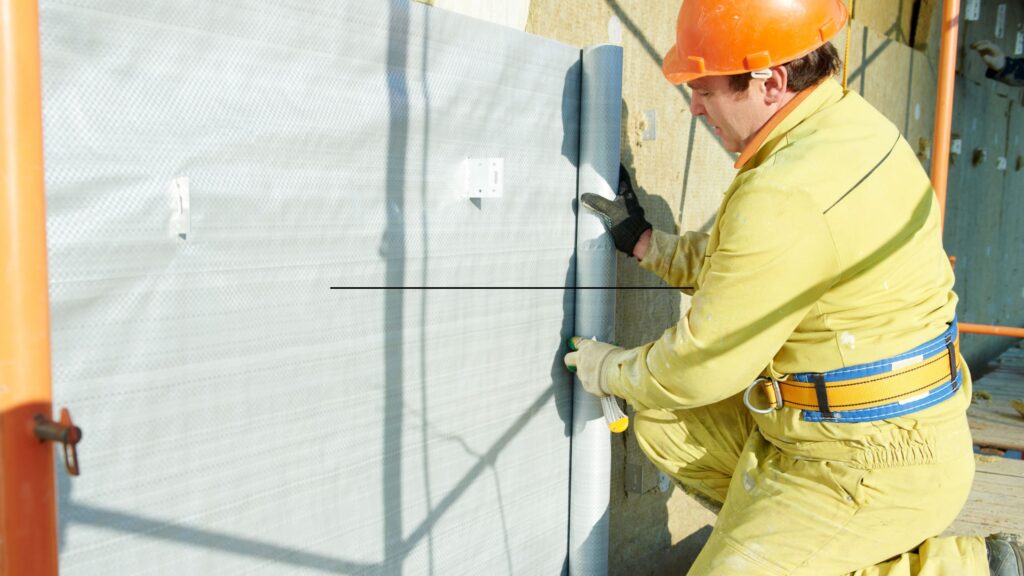
A crucial step in increasing the comfort and energy efficiency of your home is insulating the external walls. Homes lose a lot of heat via their outside walls, especially older ones with possible insufficient insulation. Below are the advantages of insulating exterior walls and the various insulation options.
Benefits of Insulating Exterior Walls
There are several benefits to insulating your home’s exterior walls:
- Reduced Energy Costs: Properly insulating exterior walls can significantly reduce energy costs by preventing heat loss during the winter and reducing heat gain during the summer.
- Increased Comfort: Insulating exterior walls can help maintain a consistent temperature in your home, reducing drafts and creating a more comfortable living environment.
- Improved Indoor Air Quality: Insulating exterior walls can help prevent air leaks, reducing the amount of outdoor pollutants and allergens that enter your home, improving your indoor air quality.
- Increased Resale Value: Insulating your home’s exterior walls can increase your home’s resale value by making it more energy-efficient and attractive to potential buyers.
Insulation Options for Exterior Walls
There are several insulation options available for insulating exterior walls:
- Batt Insulation: For insulating exterior walls, batt insulation is a common choice. It comes in pre-cut panels that fit between studs and is constructed of mineral wool or fiberglass. It is relatively simple and affordable to install batt insulation.
- Blown-In Insulation: Another method for insulating outside walls is blown-in insulation. It is blown into walls using a specific device and is constructed of cellulose or fiberglass. For existing homes, blown-in insulation is a good alternative because it can be placed without requiring extensive remodeling.
- Spray Foam Insulation:For insulating exterior walls, spray foam insulation is also a popular choice. In comparison to other materials, it produces an airtight seal that prevents air leaks and offers great insulation. Mold growth can be halted by the moisture resistance of spray foam insulation.
- Rigid Foam Insulation: Rigid foam insulation is a long-lasting alternative for exterior wall insulation. It can offer better insulation than other materials since it is available in panels that can be trimmed to fit between studs. Furthermore moisture- and mold-resistant, rigid foam insulation can aid in preventing mold development.
Installation Process
Installing insulation between the studs and removing the old siding are the basic steps in insulating exterior walls. A vapor barrier is subsequently placed on top of the insulation to stop moisture from accumulating. After that, the siding is replaced, and any openings or cracks are filled to stop air leakage.
For external wall insulation installation, it’s crucial to work with a qualified insulation contractor. Inadequate installation can lead to air leaks, moisture buildup, and other issues that can reduce your home’s effectiveness and safety.
A crucial step in increasing the comfort and energy efficiency of your home is insulating the external walls. There are various types of insulation available, including rigid foam, spray foam, blown-in insulation, and batt insulation. You can assure that the job is done correctly and benefit from a more pleasant and energy-efficient house by choosing Neeeco to install your external wall insulation.
